Goldenseal
- December 21, 2023
- 0 comment
Goldenseal (Hydrastis canadensis) is a perennial herb native to the rich woodlands of North America, particularly in the northeastern United States and southeastern Canada. Revered for both its medicinal properties and ornamental appeal, goldenseal has played a significant role in traditional Native American medicine for centuries.
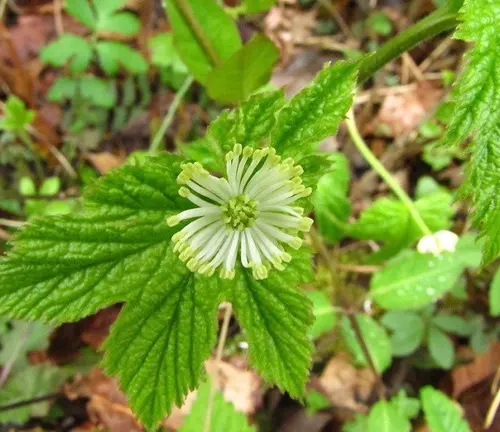
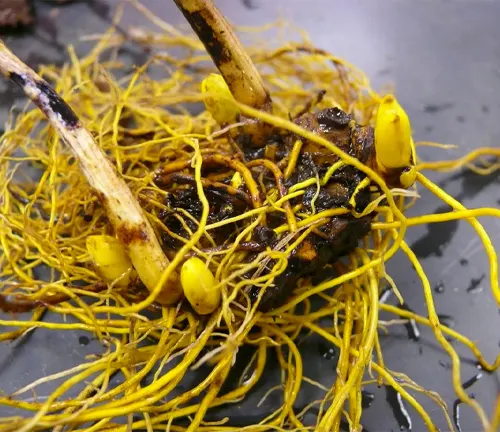
The plant is characterized by its distinctive lobed leaves and a single, greenish-white flower that blooms in the spring. However, it is the knotted, bright yellow rhizomes, resembling the color of turmeric, that hold the key to goldenseal’s therapeutic reputation. Rich in alkaloids, particularly berberine, goldenseal is widely known for its antimicrobial and anti-inflammatory properties. Historically, indigenous communities used it to treat various ailments, from digestive issues to skin disorders. Today, goldenseal remains a popular herbal remedy in alternative medicine, often utilized for its potential immune-boosting effects and as a natural antibiotic.
However, due to overharvesting and habitat destruction, goldenseal faces conservation challenges, prompting increased efforts to sustainably cultivate and protect this valuable botanical resource.
| Characteristic | Description |
|---|---|
| Scientific Name | Hydrastis canadensis |
| Family | Ranunculaceae |
| Habitat | Rich woodlands, particularly in the northeastern United States and southeastern Canada |
| Plant Type | Perennial herb |
| Leaves | Distinctive lobed leaves |
| Flowers | Single, greenish-white flowers that bloom in the spring |
| Rhizomes | Knotted, bright yellow rhizomes |
| Active Compounds | Rich in alkaloids, especially berberine |
| Traditional Use | Historically used in Native American medicine for various ailments, including digestive and skin issues |
| Medicinal Properties | Known for antimicrobial and anti-inflammatory properties |
| Current Uses | Herbal remedy for immune support and as a natural antibiotic |
| Conservation Status | Faces challenges due to overharvesting and habitat destruction; efforts for sustainable cultivation |
Unveiling the Intricacies of Goldenseal
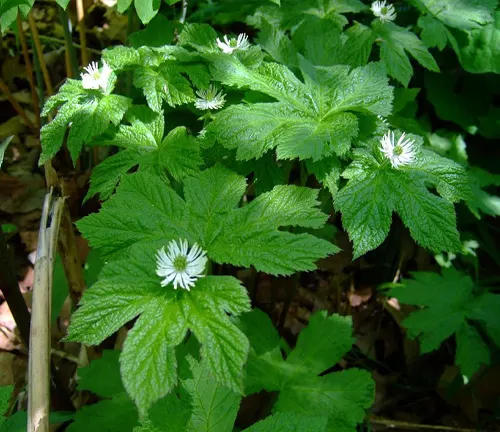
Nestled in the rich woodlands of North America, Goldenseal (Hydrastis canadensis) stands as a botanical marvel with its lobed leaves and elegant greenish-white flowers. This perennial herb, belonging to the Ranunculaceae family, has long been a symbol of natural beauty and medicinal prowess.
A Glimpse into Goldenseal’s Aesthetic Allure
Goldenseal’s charm lies not only in its medicinal value but also in its woodland elegance. The distinctive lobed leaves and the single, delicate greenish-white flower that graces the plant in spring contribute to its enchanting visual appeal. As it adorns the woodland floor, Goldenseal stands as a testament to nature’s artistry.
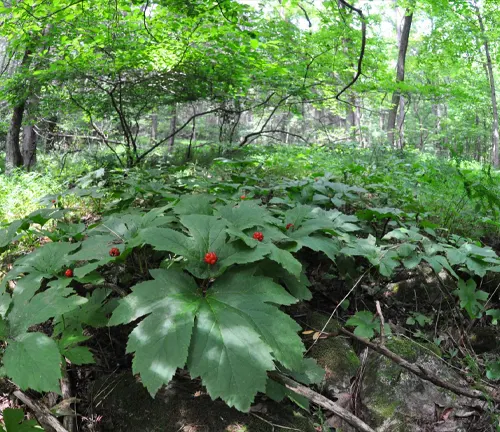
Goldenseal as a Keystone Species
Beyond its aesthetic allure, Goldenseal plays a crucial role in the ecology of its native habitat. As a keystone species in rich woodlands, it contributes to the delicate balance of the ecosystem. Its presence supports a diverse range of flora and fauna, highlighting the interconnectedness of the natural world.
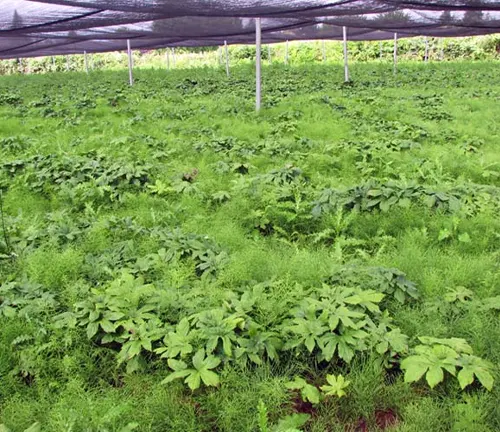
Balancing Harvest and Preservation
The increasing demand for Goldenseal has brought attention to the need for sustainable cultivation and conservation efforts. Cultivating Goldenseal in a responsible manner is essential to ensure its availability for future generations. Conservation initiatives aim to protect this valuable botanical resource, addressing concerns related to overharvesting and habitat degradation.
Goldenseal’s Underground Contribution
Goldenseal’s rhizomes, those knotted, bright yellow structures beneath the soil, serve a dual purpose. Not only do they store the plant’s potent compounds, including the valuable alkaloid berberine, but they also play a role in soil stabilization. This hidden contribution underscores the plant’s significance beyond what meets the eye.
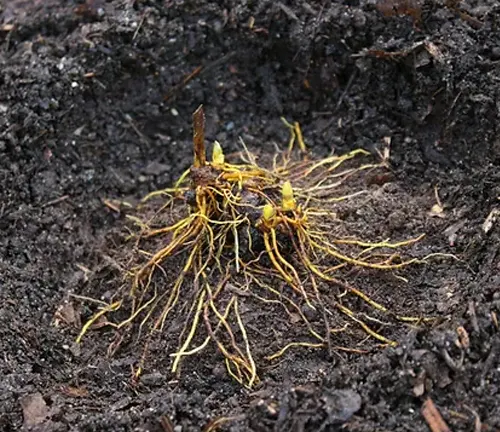

Goldenseal in Traditional and Modern Healing
Steeped in a rich history of Native American medicine, Goldenseal has been a go-to remedy for various ailments. From digestive issues to skin disorders, it has earned a reputation for its therapeutic properties. In contemporary herbal medicine, Goldenseal is frequently utilized for immune support and is recognized as a natural antibiotic.
Exploring Goldenseal’s Medicinal Merits
Goldenseal’s active compounds, especially berberine, contribute to its numerous health benefits. Renowned for its antimicrobial and anti-inflammatory properties, Goldenseal is a staple in herbal medicine cabinets. Its potential to boost the immune system and act as a natural antibiotic positions it as a valuable ally in maintaining overall well-being.
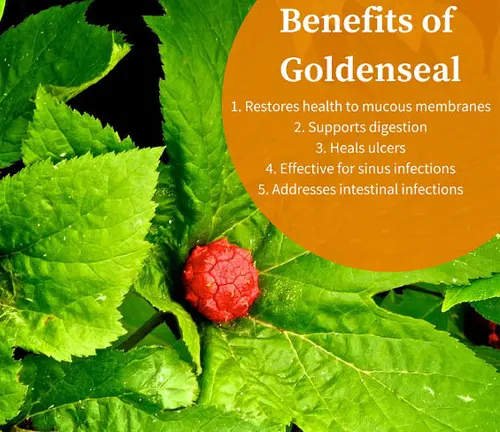
Delving into the Wonders of Goldenseal
Goldenseal (Hydrastis canadensis) captivates not only with its vibrant appearance but also with its intricate biological makeup. As a perennial herb with a rich history in traditional medicine, Goldenseal reveals a tapestry of biological brilliance that makes it a subject of fascination and importance.
Unraveling the Geographical Tapestry of Goldenseal
To truly understand Goldenseal, one must explore its natural habitat. This botanical gem thrives in the rich woodlands of North America, particularly in the northeastern United States and southeastern Canada. By mapping its habitat, we gain insights into the environmental conditions crucial for its growth and flourishing existence.
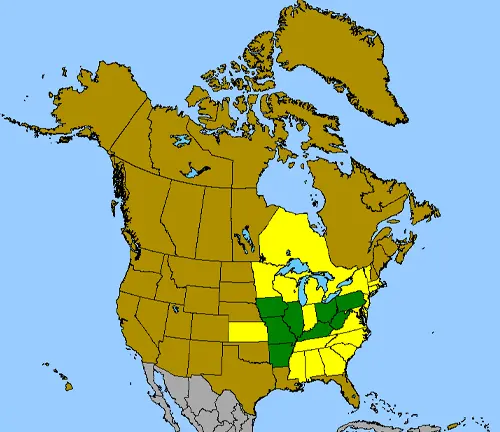
Decrypting the Key Elements of Goldenseal
At the heart of Goldenseal’s medicinal allure lies a complex composition of active compounds. Among these, berberine takes center stage, showcasing antimicrobial and anti-inflammatory properties. Exploring the components of Goldenseal unravels the botanical chemistry that has made it a traditional remedy and a subject of scientific interest.
Navigating the Nuances of Goldenseal’s Impact
While Goldenseal boasts an array of benefits, it’s essential to navigate the nuances of its side effects. As with any potent botanical, responsible usage is crucial. Some individuals may experience adverse reactions, emphasizing the importance of understanding how Goldenseal interacts with the human body. Delving into the side effects provides a balanced perspective on its usage in traditional and modern contexts.
Different Species
False Goldenseal
(Hydrastis canadensis var. canadensis)
This is a variety of the true Goldenseal plant. It is sometimes referred to as “False Goldenseal,” but it’s important to distinguish it from other plants that may also carry this common name.
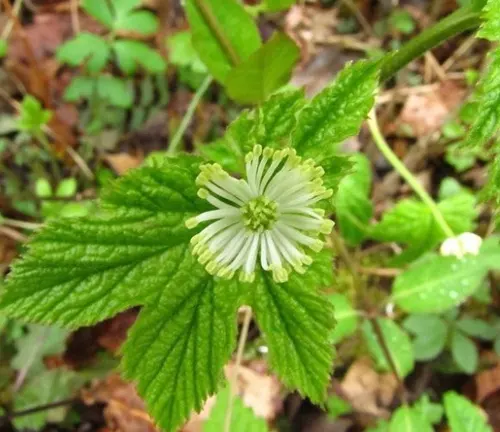
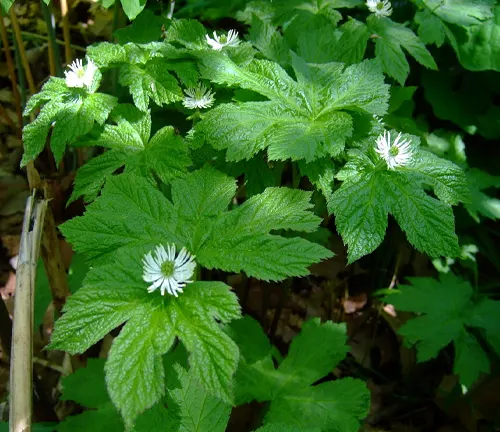
Japanese Goldenseal
(Hydrastis canadensis var. japonica)
While this is a variety of Goldenseal, it is not native to North America. Japanese Goldenseal has similar medicinal properties but is a distinct variety.
Indian Goldenseal (Colchicum autumnale): Also known as Autumn Crocus, this plant is not related to true Goldenseal. It belongs to a different botanical family and is toxic if ingested.
Goldenroot
(Rhodiola rosea)
Sometimes called “Goldenroot” or “Arctic Root,” this plant is not related to Goldenseal. It is a different species with adaptogenic properties and is often used for stress relief.

Frequently Asked Questions (FAQs)
- What is Goldenseal?
Goldenseal (Hydrastis canadensis) is a perennial herb native to North America. It is known for its distinctive lobed leaves, greenish-white flowers, and golden-yellow rhizomes. - What are the Medicinal Properties of Goldenseal?
Goldenseal is renowned for its antimicrobial and anti-inflammatory properties. It contains active compounds, such as berberine, that contribute to its medicinal benefits. - How is Goldenseal Used in Traditional Medicine?
In traditional Native American medicine, Goldenseal has been used to treat various ailments, including digestive issues and skin disorders. It is considered a versatile remedy. - What are the Common Uses of Goldenseal Today?
Today, Goldenseal is often used as a herbal remedy for immune support and is recognized for its potential as a natural antibiotic. It is available in various forms, including capsules, tinctures, and teas. - Is Goldenseal Endangered?
Goldenseal faces conservation challenges due to overharvesting and habitat destruction. Efforts are being made to promote sustainable cultivation and protect its natural habitat. - Are There Different Species of Goldenseal?
The primary species of Goldenseal is Hydrastis canadensis. However, there are variations and plants with similar names, such as False Goldenseal and Japanese Goldenseal. - What Precautions Should Be Taken When Using Goldenseal?
While Goldenseal is generally safe for short-term use, it’s important to consult with a healthcare professional. Prolonged use or high doses may lead to side effects, and it may interact with certain medications. - Can Goldenseal Be Used Topically?
Yes, Goldenseal can be applied topically for skin issues. Creams or ointments containing Goldenseal may be used for wound healing, rashes, or other skin conditions. - How Can Goldenseal Contribute to Soil Stabilization?
Goldenseal’s rhizomes play a role in soil stabilization. This underground contribution helps prevent soil erosion and contributes to the plant’s ecological significance. - Where Can I Find Goldenseal?
Goldenseal can be found in the rich woodlands of North America. Due to conservation efforts, it is also cultivated by responsible growers. Products containing Goldenseal can be found in health food stores and herbal remedy shops.


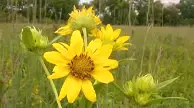
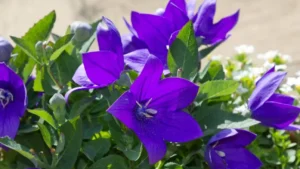

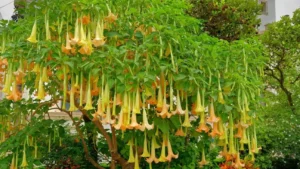
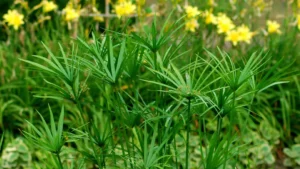


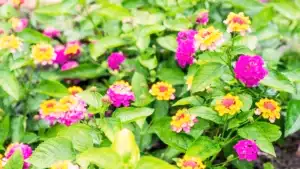
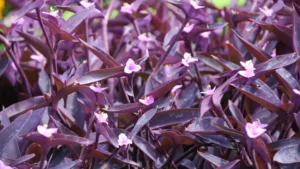

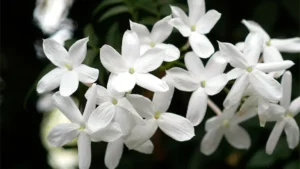

Leave your comment